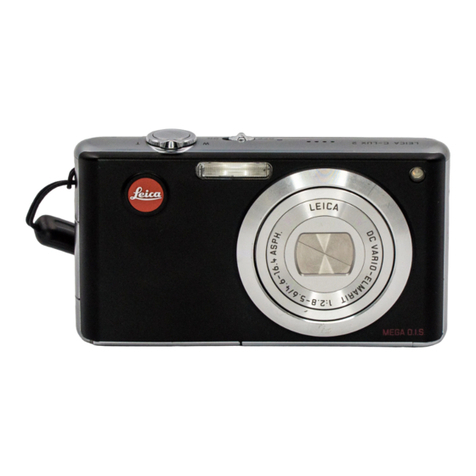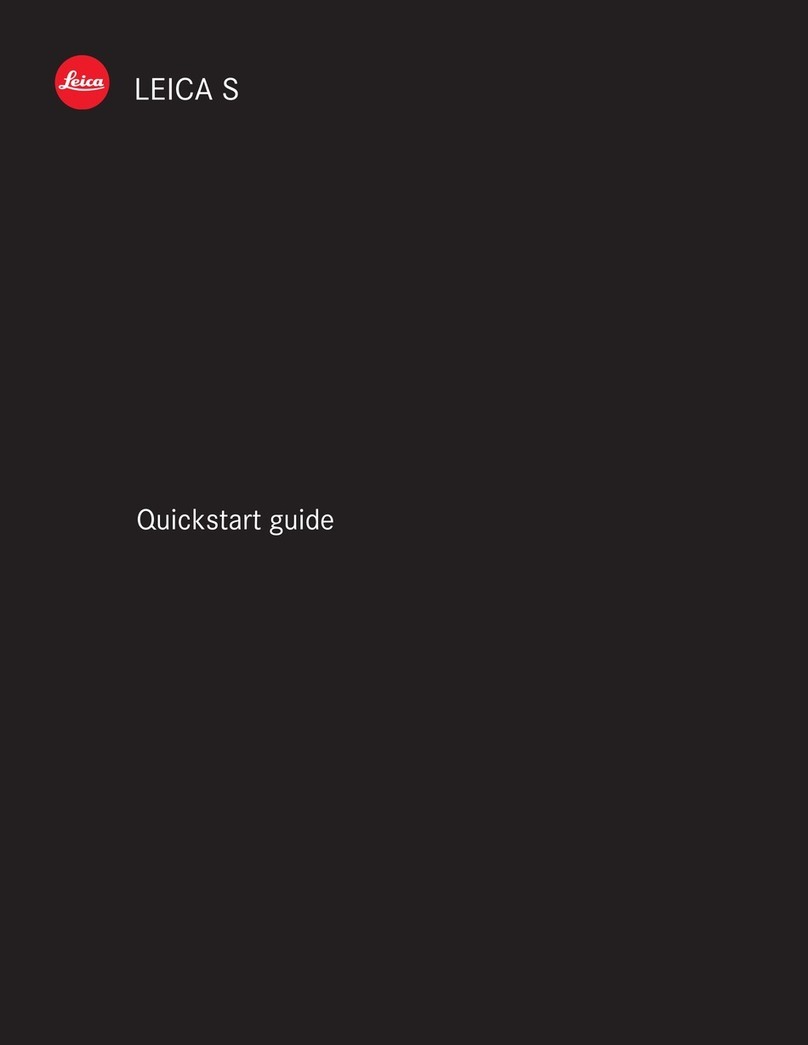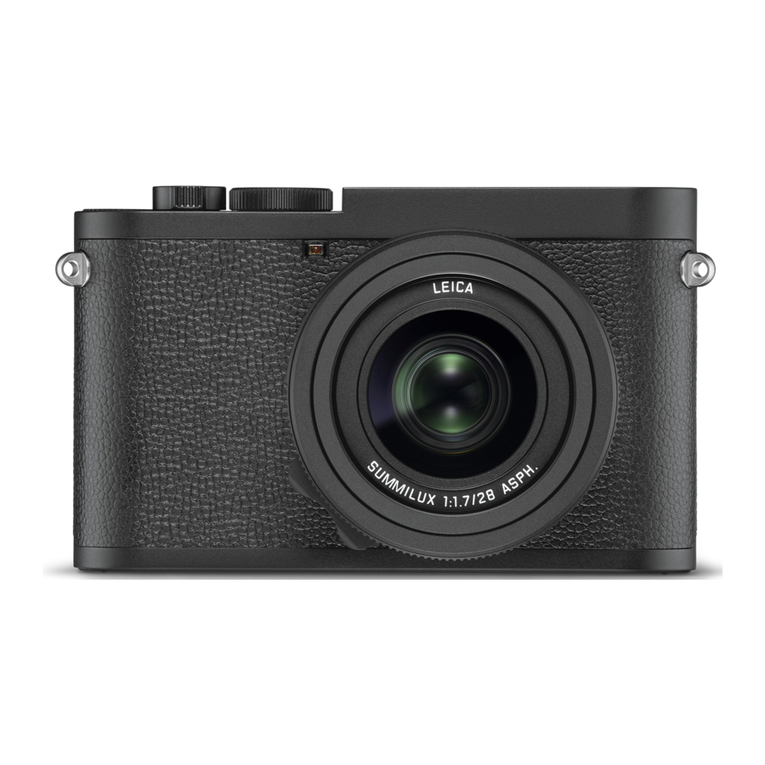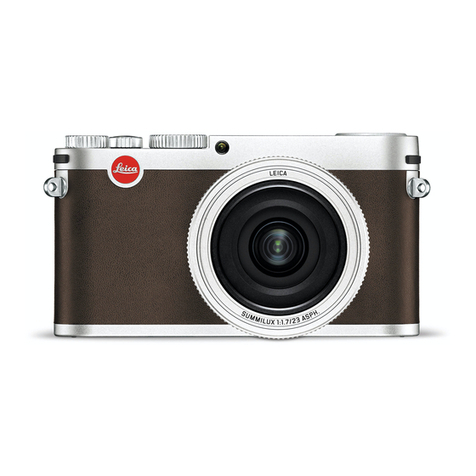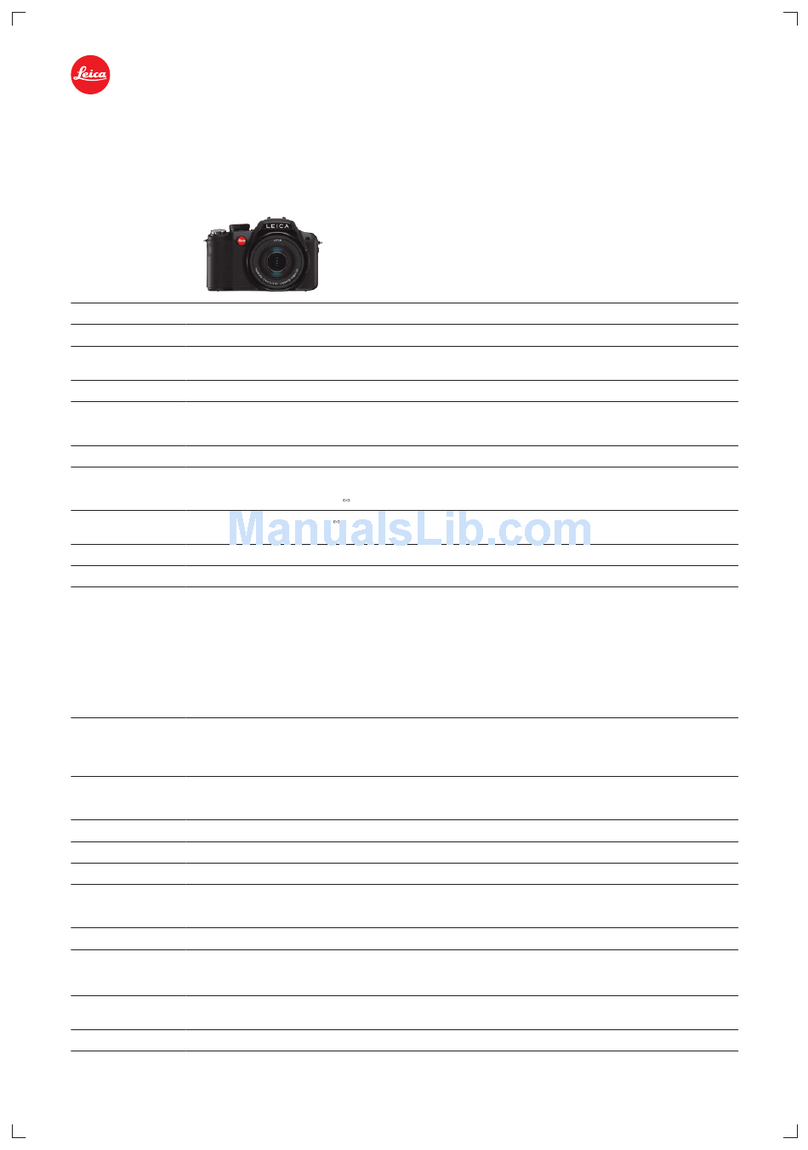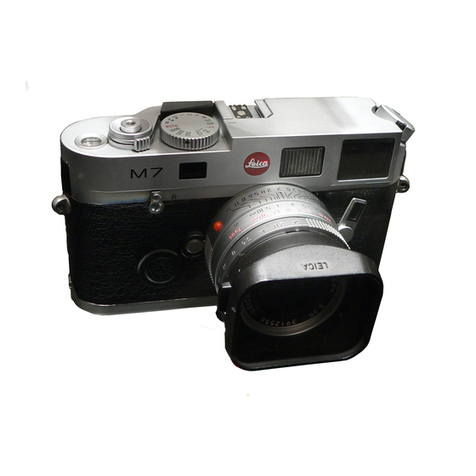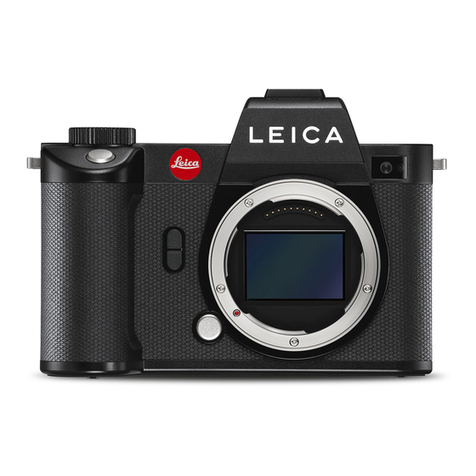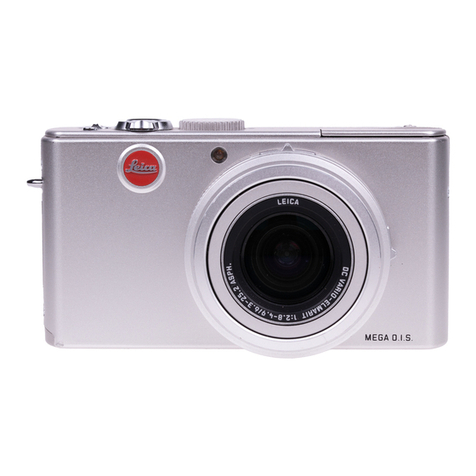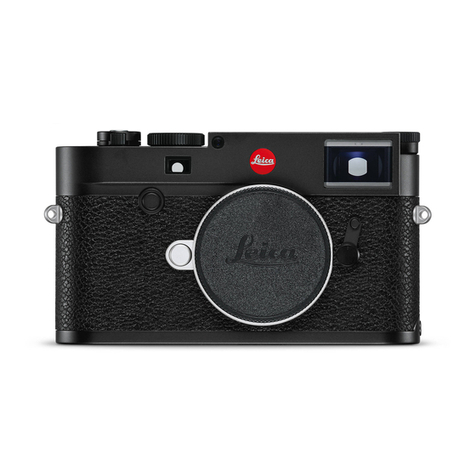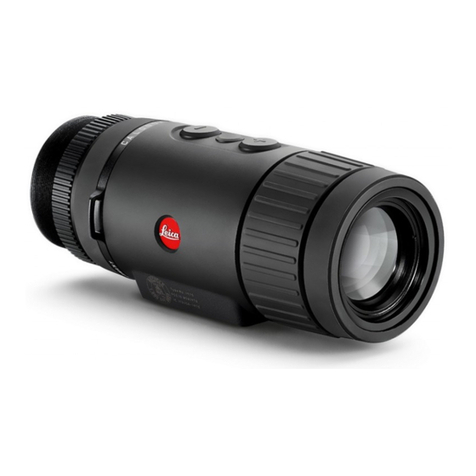
- 3 -
Recording Motion Pictures with
Manual Settings
(Creative Motion Picture Mode) ............114
Registering Personal Menu Settings
(Registering custom settings)................116
Using Custom Mode..............................117
Using Film Mode to Change
Color Tones...........................................118
• Adjusting each Film Mode to
the desired setting ..........................119
• Multi Film Bracket ...........................120
Using the Face Recognition function ....121
• Face Settings ..................................122
• Setting Auto Registration/
Sensitivity........................................125
• Auto Registration ............................126
Useful Functions at Travel
Destinations ..........................................127
•
Recording which Day of the Vacation
and the Location of the Vacation
.......127
•
Recording Dates/Times at Overseas
Travel Destinations (World Time)
.....130
Using the [REC] Mode menu ................132
• [FILM MODE] .................................132
• [ASPECT RATIO]...........................132
• [RESOLUTION]..............................133
• [QUALITY]......................................134
• [SENSITIVITY] ...............................135
• [ISO LIMIT SET].............................135
• [WHITE BALANCE]........................136
• [FACE RECOG.] ............................139
• [AF MODE].....................................139
• [PRE AF] ........................................142
• [AF/AE LOCK]................................143
• [METERING MODE] ......................144
• [I.EXPOSURE]
(Intelligent exposure adjustment)...144
• [MIN. SHTR SPEED] .....................145
• [I.RESOLUTION]............................145
• [DIGITAL ZOOM] ...........................146
• [STABILIZER] ................................146
• [AF ASSIST LAMP]........................147
• [FLASH] .........................................147
• [FLASH SYNCHRO] ......................148
• [RED-EYE REMOVAL] ..................148
• [CLOCK SET].................................149
Using the [MOTION PICTURE]
Mode menu ...........................................150
• [REC MODE]..................................150
• [REC QUALITY] .............................150
• [EXPOSURE MODE] .....................150
• [CONTINUOUS AF] .......................151
• [WIND CUT] ...................................151
• [ZOOM MIC]...................................151
Entering Text.........................................152
Advanced (Playback)
Playing Back Picture Series ..................153
Editing Picture Series ............................155
Playing Back Motion Pictures................157
• Motion pictures................................157
• Playing Back
[HIGH SPEED MOVIE] ...................158
Creating Still Pictures from a
Motion Picture .......................................159
Playing Back Pictures in Sequence
(Slide Show) ..........................................160
Selecting Pictures and Playing them Back
([MODE PLAY]/[CATEGORY PLAY]/
[FAVORITE PLAY])...............................162
• [MODE PLAY] ................................162
• [CATEGORY PLAY] .......................163
• [FAVORITE PLAY] .........................164
Using the [PLAYBACK] Mode menu .....165
• [CALENDAR]..................................165
• [TITLE EDIT] ..................................166
• [VIDEO DIVIDE] .............................167
• [TEXT STAMP]...............................168
•
[RESIZE] Reducing the resolution
....171
• [CROPPING] ..................................172
• [LEVELING]....................................174
• [ROTATE DISP.] ............................175
• [FAVORITE] ...................................176
• [PRINT SET] ..................................177
• [PROTECT] ....................................179
• [DELETE] .......................................180
• [FACE REC EDIT] ..........................181
• [COPY] ...........................................182
Connecting to other equipment
Playing Back Pictures on a TV ..............183
• Playing back pictures using the
AV cable (supplied).........................183
• Playing back pictures on a TV with
an SD Memory Card slot.................184
• Playing back Pictures on a TV with
an HDMI socket ..............................185
Saving the recorded still pictures and
motion pictures......................................189
• Copying the playback image using
an AV cable.....................................189
• Copying to a PC using
“Adobe
R
Premiere
R
Elements
R
”....190
Connecting to a PC ...............................191
Printing the Pictures ..............................195
• Selecting a single picture and
printing it .........................................196
• Selecting multiple pictures and
printing them ...................................197
• Print Settings ...................................198
